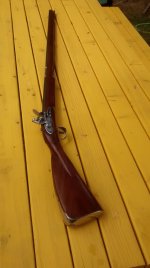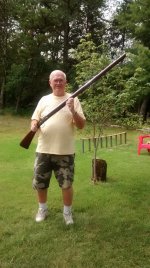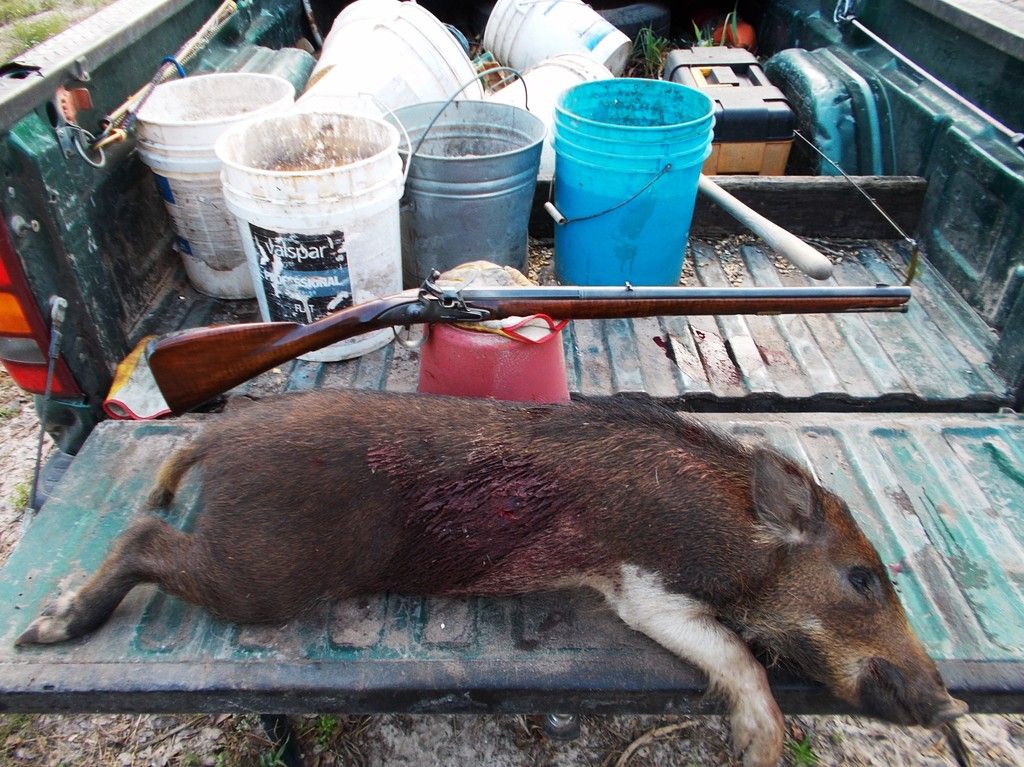I put together a Chambers kit of a Pennsylvania Fowler a few years back. It's 0.62 bore (16 ga) and likes a 0.600 ball with 0.010 lubed pillow ticking. I load 80 gr FFg, which was Chambers' recommendation. No sense getting carried away with the powder. These are not long range weapons, and the old time recommended charge was 1/4 the weight of the ball (320 gr -> 80 gr). That doesn't work for small calibers, but it does for mine.
You know, the beauty of a smoothbore is you can load shot. Load your powder, an overpowder wad, some cushioning material, shot (usually the same measure by volume as the powder), an overshot card to retain it all, and you've got a shotgun. No choke, of course, but you can work the powder to shot ratio to get a decent, albeit short range pattern. In general, more shot, less powder works best.
If you haven't already, check out the National Muzzleloading Rifle Association. Great organization dedicated to preserving the firearms and culture of that time in America.



